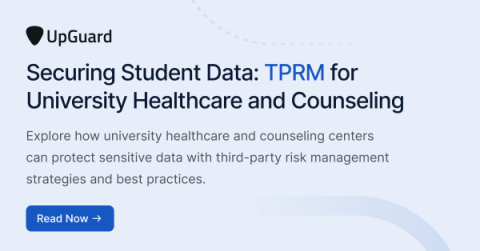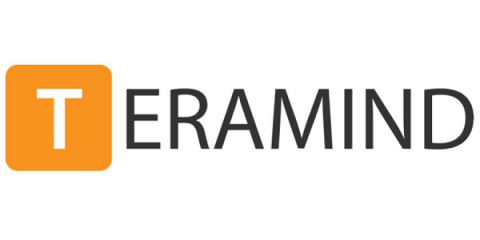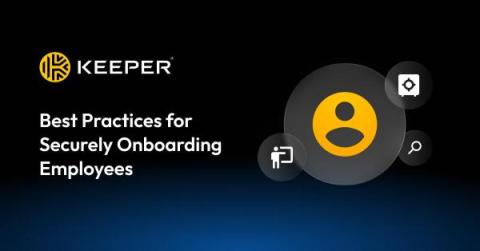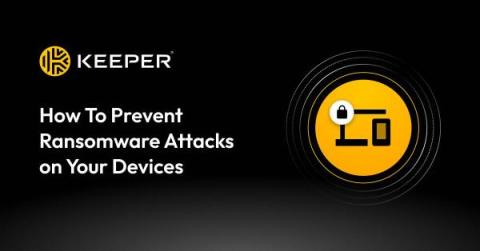Securing Student Data: TPRM for University Healthcare and Counseling
Universities are increasing their reliance on third-party providers for various services, such as electronic health records, telehealth platforms, insurance billing, and mental health support. While these partnerships enhance business operations and save valuable time, they also introduce significant cybersecurity risks.











